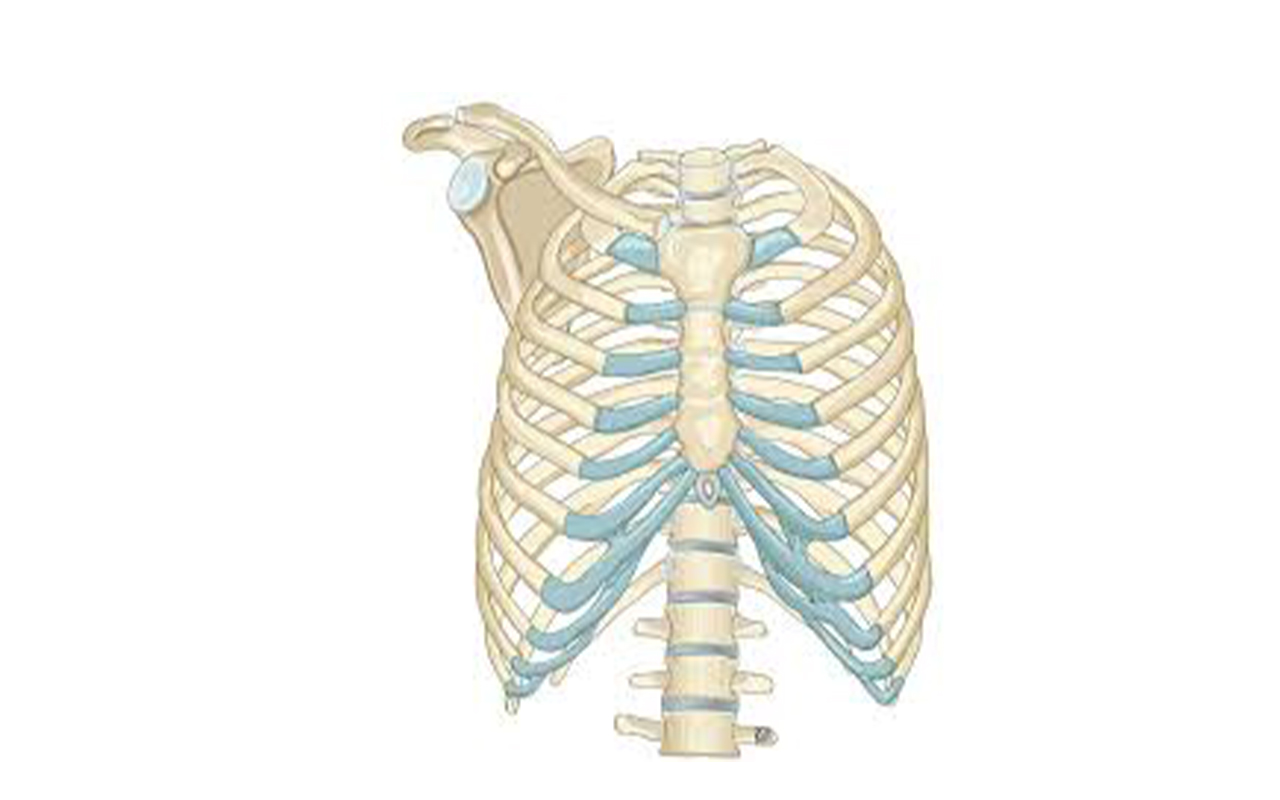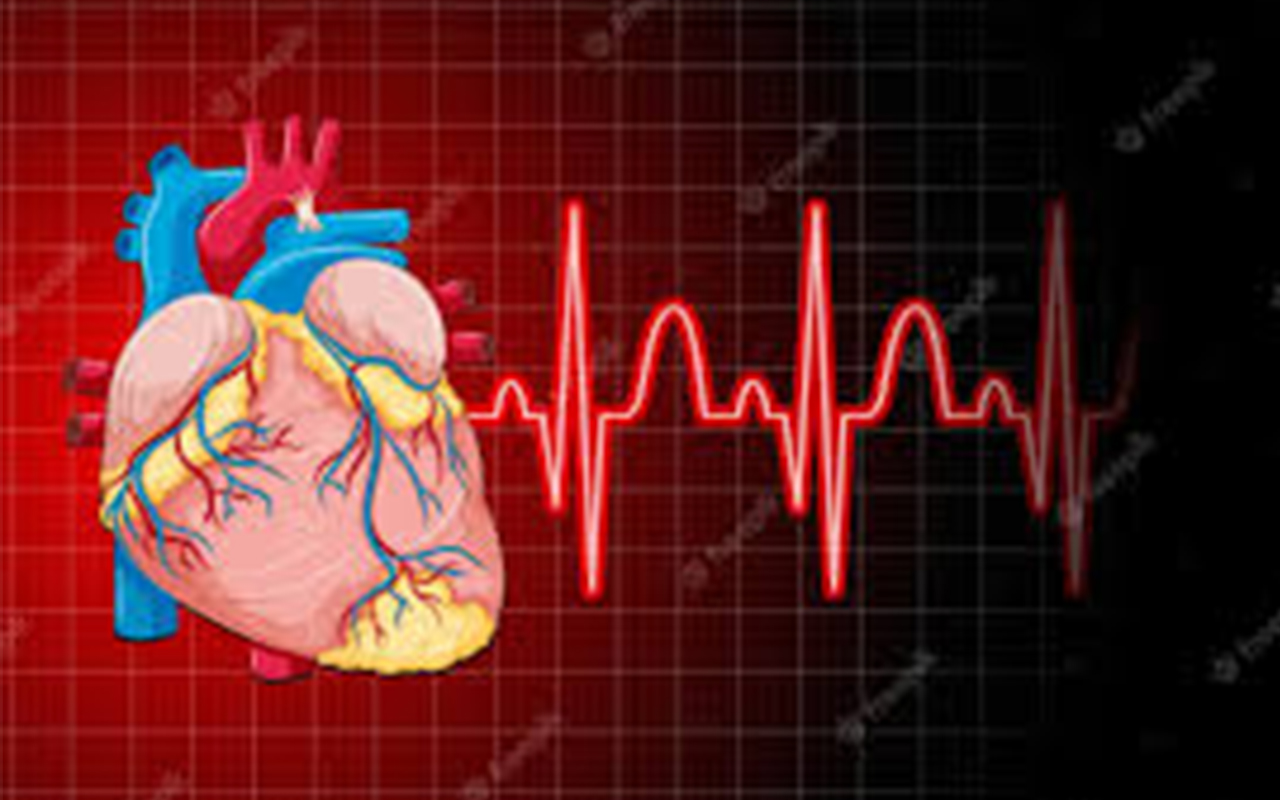The Mammalian Heart
The human heart is a powerful and complex organ. It beats an average of 100,000 times a day, pumping blood throughout the body and keeping us alive. In this article, we'll explore the anatomy and physiology of the heart, heart beat and stages of heart beat, as well as some functions of the heart.

The human heart is a very powerful organ. Its main job is to pump blood throughout the body. This pumping action helps all the other parts of the body get the oxygen and nutrients they need to work properly. The heart works really hard to keep us alive and healthy. It works nonstop during a person's entire life. When the heart stops working, living beings cannot survive anymore. The constant beating of the heart is the driving force of our life, without the heart, life would not be possible.
 source
source
the thoracic cavity
The heart is positioned inside the thoracic cavity, behind the breastbone called the sternum. It is found in the space between the two lungs. This location protects the heart while allowing it to pump blood efficiently throughout the body. The heart has four chambers: two atrium (upper chambers) and two ventricles (lower chambers). The right atrium receives deoxygenated blood from the body and sends it to the right ventricle. The right ventricle then pumps the blood to the lungs for oxygenation. The oxygenated blood returns to the left atrium and is pumped by the left ventricle to the rest of the body.
The heart consists of a special muscle called the myocardium that keeps it beating continuously. The heart muscle is red in color and covered by two layers of protection called the pericardium. The space between the two layers is filled with pericardial fluid, a fluid that reduces the friction between the heart wall and the surrounding tissue caused by cardiac activity.
There is a central wall in the heart cells, the septum which divides into a right and left half. The two halves having no connection with each other. between the left auricle and the left ventricle is an aperture guarded by a valve known as bicuspid valve. The valve is made up of two cusps which moves in one direction i.e. only into the ventricle, thereby enabling the valves to channel the blood in one direction which is from the auricle to the ventricle. when the ventricle is filled with blood, the cusps close up the aperture between the left auricle and the left ventricle. thus prevents blood from flowing back to the auricle.
Similarly, a tricuspid valve consisting of three cusps is located at the aperture between the right auricle and the right ventricle .It allows blood to flow from the right auricle to the right ventricle.
The cusps of both the bicuspid and tricuspid valves are attached to the inner walls of the ventricle by a special fibrous non-elastic cords known as chordae tendineae. these chords are attached to the conical protections on the inner wall of the ventricle by the papillary muscles. the anchorage provided by chordae tendinea prevents the valves from being forced upwards into the auricles when the ventricles contract. the pulmonary artery and the largest artery called aorta are equipped with semi-lunar valves. these valves allows blood to flow out of the heart and into the arteries.

The heartbeat is the rhythmical expansion and contraction of the heart. The contraction is called systole, and the relaxation is called diastole. The heartbeat is measured in beats per minute, or BPM. The average adult heart rate is between 60 and 100 BPM.
Diastole: Diastole is the first stage of heart beat during which the two auricles contract, creating a high pressure in the blood contained in them. This pressure causes the bicuspid and tricuspid valves to fold downwards into the ventricles, allowing blood to flow from the auricles into the ventricles. Hence, "impure or de-oxygenated blood enters the right from the right auricle while pure or oxygenated blood enters the left ventricle from the left auricle. When the ventricles are full, the cuspid valves close up the aperture between the upper chamber and the lower chamber of the heart. this happens by means of blood forcing the cusps upwards so that they meet one another at the center of the aperture.
Systole: Systole is the second stage of heart beat which involves the contraction of the ventricles. this results in blood being forced into the trunks of the main arteries and out of the heart. de-oxygenated blood from the right ventricle passes into the pulmonary artery, while oxygenated blood from the left ventricle passes into the aorta. while this is happenning, blood from the body fills up the auricles again. the first stage of the next heart beat follows after a short-period of time and the cycle repeats it

Pumping Blood: Functions The heart's primary function is to pump oxygenated blood. . It ensures that deoxygenated blood throughout the body is delivered to the lungs for oxygenation. This allows all cells and tissues to receive oxygen and nutrients while removing waste products such as carbon dioxide.
Circulation: The heart pumps the energy needed by the blood vessels, including the arteries, veins, and arteries. Arteries carry oxygenated blood from the heart to the body, while arteries return deoxygenated blood to the heart.
Control blood pressure: The heart plays an important role in controlling blood pressure. The force of contraction of the heart creates pressure that pushes blood against the arteries. This pressure is necessary to ensure adequate blood flow and distribution of nutrients and oxygen.
Oxygen and Nutrient supply: The heart supplies oxygen and essential nutrients such as glucose and amino acids to all cells and tissues in the body. It is important for cellular metabolism and energy production.
Removal of carbon dioxide: deoxygenated blood returns to the heart, which is then pumped to the lungs. In the lungs, carbon dioxide is replaced by oxygen through respiration, and the oxygenated blood is returned to the heart for distribution.
Removal of waste: The heart helps to remove waste products from the body, including carbon dioxide and other waste products, through cellular activity.
Regulation of blood flow: The heart adjusts its pumps and energy to the needs of the body. During physical activity, stress, or pain, heart rate and stroke (blood flow with each heartbeat) increase so that tissues get enough oxygen and nutrients.
Electrical signals: The heart produces its own electrical impulses to initiate and control its contractions. Known as the heart's conduction system, this electrical system ensures that the ventricles (atria and ventricles) work together effectively.
Hormone Transport: The heart also carries hormones and substances from the blood to various target tissues in the body. For example, it secretes hormones such as atrial natriuretic peptide (ANP), which regulates fluid balance and blood pressure.

In conclusion, the human heart is like a strong pump that helps us stay alive. It beats regularly to send oxygen and nutrients all around our body. It has special parts that work together, like rooms and doors, to make sure everything goes smoothly. The heart's main job is to pump blood, give our body oxygen, take away waste, and control our blood pressure. So, as we think about how smartly the heart works, let's also remember how important it is for keeping us healthy and alive.


Thanks for your contribution to the STEMsocial community. Feel free to join us on discord to get to know the rest of us!
Please consider delegating to the @stemsocial account (85% of the curation rewards are returned).
Thanks for including @stemsocial as a beneficiary, which gives you stronger support.
Congratulations @ngobaby! You have completed the following achievement on the Hive blockchain And have been rewarded with New badge(s)
Your next target is to reach 1250 upvotes.
You can view your badges on your board and compare yourself to others in the Ranking
If you no longer want to receive notifications, reply to this comment with the word
STOPCheck out our last posts:
https://leofinance.io/threads/ngobaby/re-ngobaby-34hzyadcy
The rewards earned on this comment will go directly to the people ( ngobaby ) sharing the post on LeoThreads,LikeTu,dBuzz.